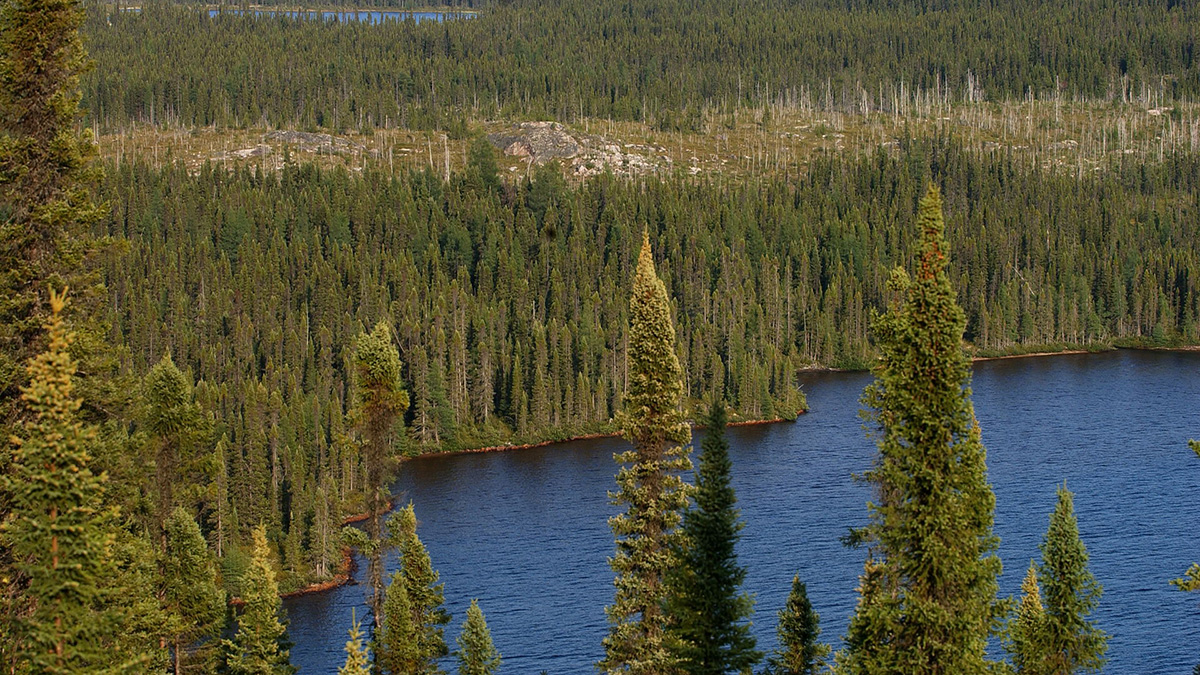 Supplied
SuppliedNew research has shown that Canada’s cold winters are what set the boreal forest apart from Scandinavian forests.
There are a number of ecological differences between Canadian and Scandinavian forests: Canada’s predator-prey cycles are driven by snowshoe hares and lynx while those of Scandinavia are driven by voles and weasels. Scandinavia also has many more moose and a taller, denser tree canopy. Professor Stan Boutin, an ecologist with the University of Alberta, has found these differences come from differences in climate, and not climate change.
Boutin added that said that his study’s results, so far, show that climate change isn’t really a concern — the boundaries of Canada’s boreal forests are changing as the climate changes, but the system as a whole is “pretty robust.”
“Our results don’t suggest that the climate will change to make our forests into a Scandinavian boreal forest,” Boutin said. “It is probably the opposite.”
Canada’s boreal forest is a “very unique system” due to its snowshoe hare and lynx populations, Boutin said. Lynx and snowshoe hare numbers run on 10-year cycles: as the snowshoe hare population goes up, the number of lynx goes up; the snowshoe hare population then crashes, and the lynx population follows. In Scandinavia, the numbers of voles (small mammals similar to mice) cycle with weasels and foxes in a five-year pattern — much different from what is observed in Canada.
Before Boutin’s study, it was unclear whether differences in predator-prey cycles were caused by human interactions or climate. Now, climate appears to be the “main possible explanation.”
“That was one of the key differences we’ve always speculated about,” Boutin said. “So, working with colleagues in Scandinavia, we started to think more carefully about why we see these differences. What could be the causes?”
While there is now less evidence for climate change driving predator-prey cycles as before, research will likely continue in this area due to the amount of interest in the area, Boutin said. His research has given insight into why the two forests systems differ, but he’s hopeful that other researchers will look for additional explanations in the future.
“We continue to work in our boreal forests looking at these long term cycles in the animals, and the patterns of vegetation,” he said. “People in Scandinavia will be doing the same thing.”





Pretty robust over what time scale?
Robust to what aspects of the changes: temperature, precipitation, invasive species, pH, soil fertility loss, plant metabolic response to ethylene & gibberellins?